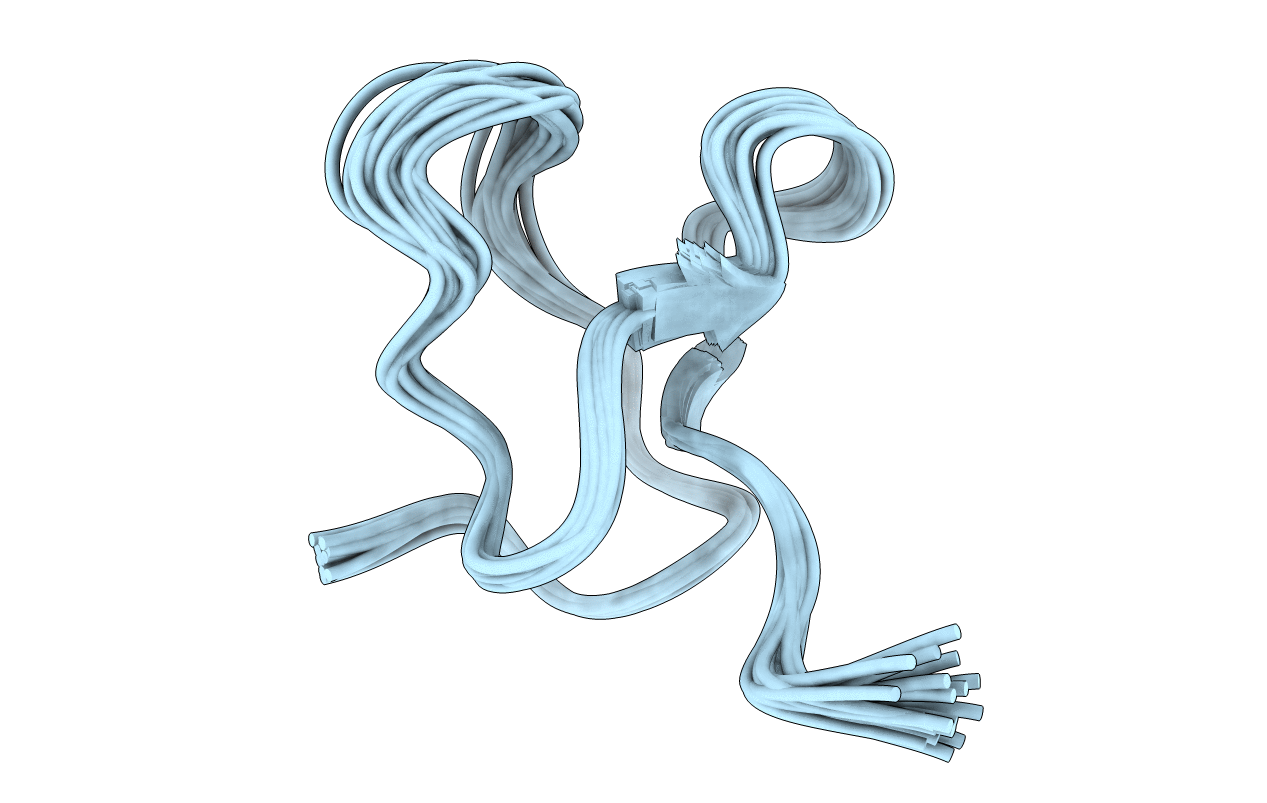
Deposition Date
2018-02-11
Release Date
2018-03-07
Last Version Date
2025-04-02
Method Details:
Experimental Method:
Conformers Calculated:
50
Conformers Submitted:
20
Selection Criteria:
structures with the lowest energy


